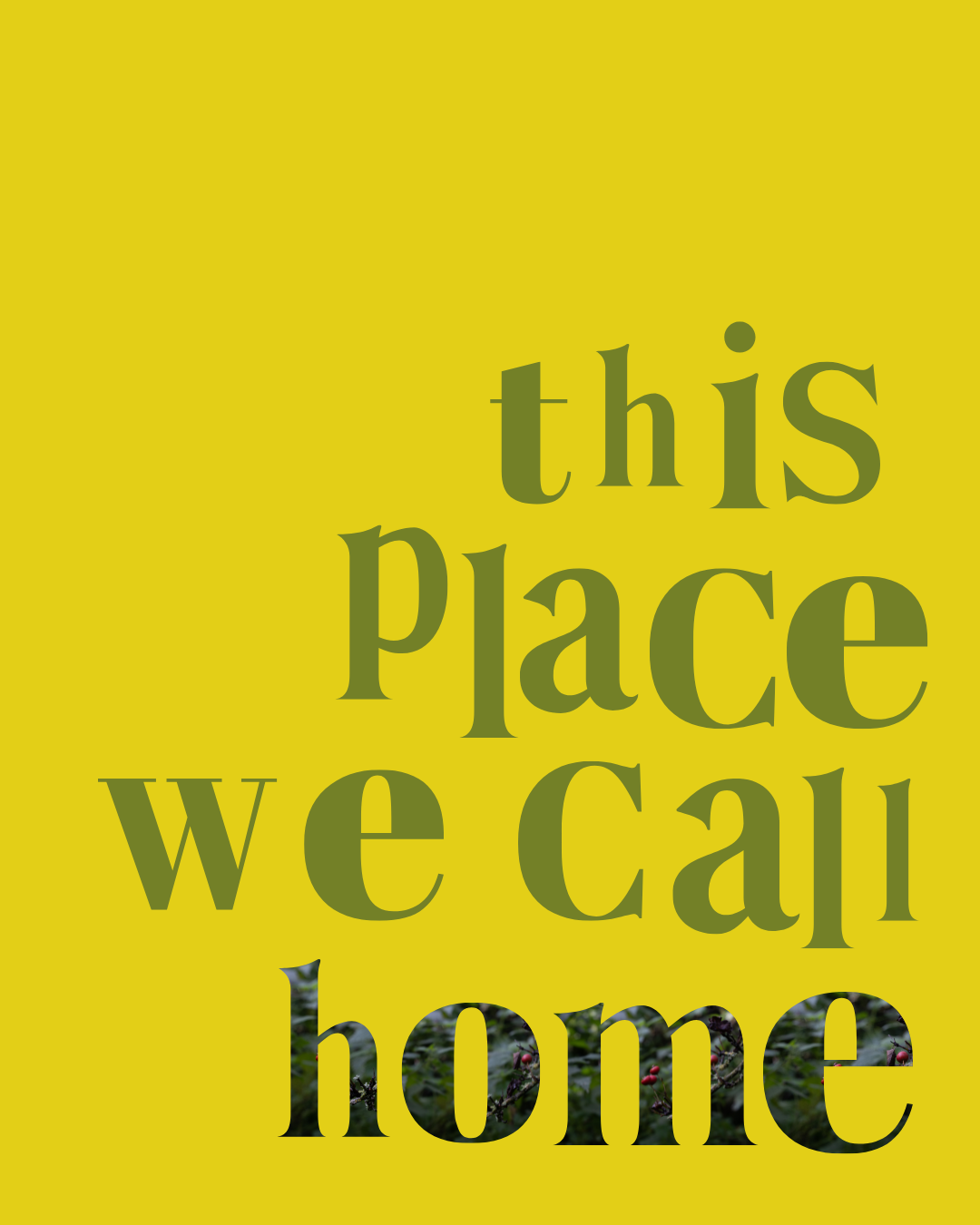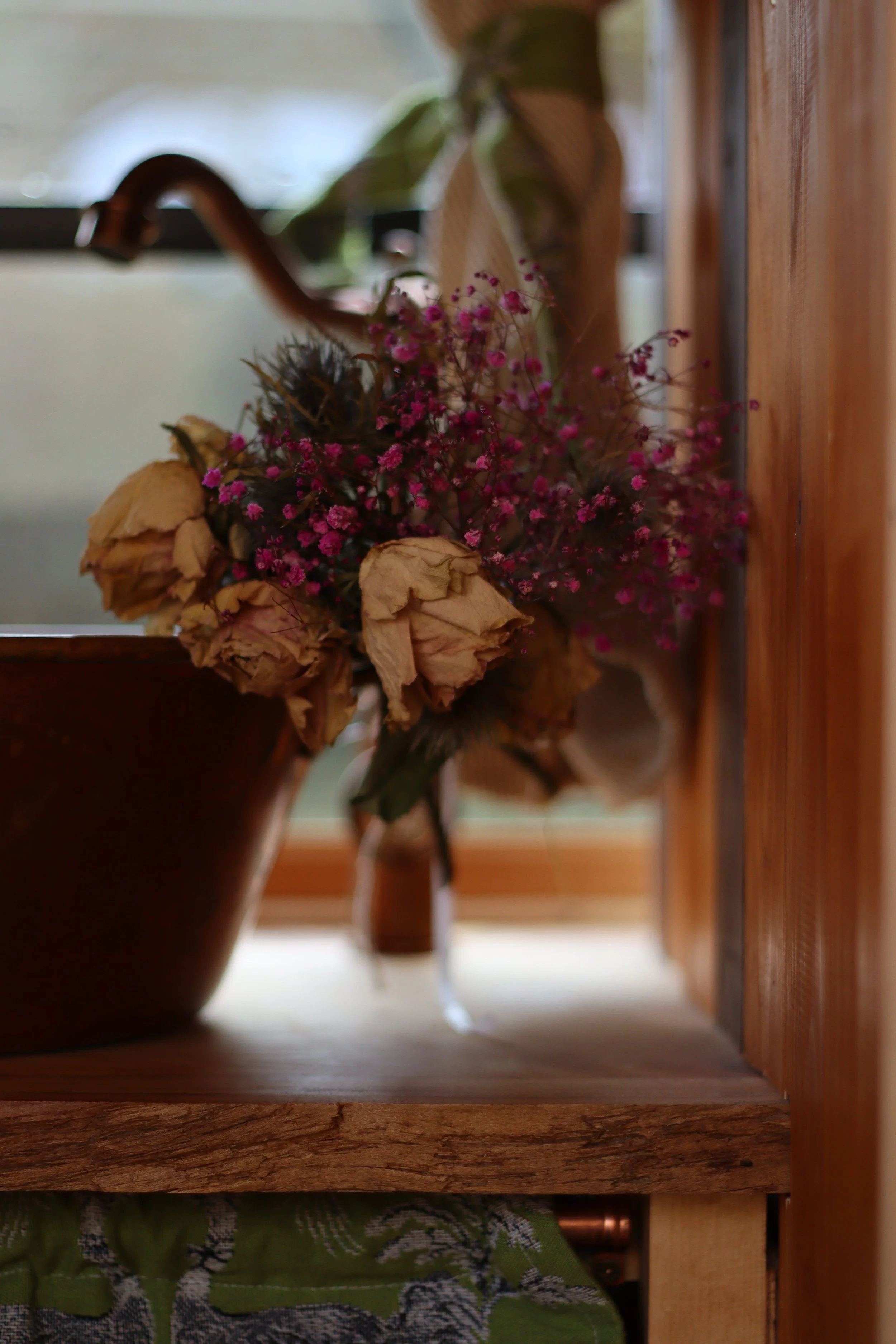Expecting the unexpected: The realities of building your own campervan
“It’ll take a month or two” we said, “it’ll be fun” we said… reflecting on almost two years of converting our dream home
It took us over 18 months to build out our van, and to be honest we still have a little way to go. But as we kicked off the new year, we decided to move into our home, and add finishing touches on the road.
This build was nothing like what we expected, but naivety was our superpower throughout the entire process. When it comes to future planning, I have my head in the clouds – which many have criticised in the past. But I knew that my naivety and optimism combined with my partner’s practical side, would lead to our home taking shape.
So, in the summer of 2022, we put the doubts of our family and friends to the back of our minds, moved out of our shared flat in Bristol, and back in with our parents. At the time, this decision felt like a major step back. We’d had a wonderful experience living with friends in a city – but after the realities of Covid hit home, we knew we had to sacrifice something to make strides towards our future.
We scraped our savings together and began what would be an almost four-month search to find the ideal vehicle. After countless emails, frustrating calls with salesmen asking ‘if we’d ever picked up a hammer before’ and a couple of dodgy deal swerves – we finally found Eugene, our 2014 Citroen Relay.
Eugene had been an MOD vehicle, exceptionally well maintained with a surprisingly low mileage. With the vanlife market still exploding, it was well out of our budget, but we knew we had to act quickly if this was the right one. So, we bit the bullet, and accepted that we’d have to use our build budget on the vehicle itself – we’d just have to use the money that we earned in our full-time jobs to pay for things in installments. It dawned on us that this wouldn’t be the ‘three month job’ we originally thought of it as…
We got the keys in October of 2022, and it took us until February 2023 to strip it out. We spent days trying to work out how to remove the seats that were bolted to the bottom of the van, weeks trying to remove the wall that once acted as a makeshift boot, and then came the carpeted interior and what felt like months of painstaking scraping of ultra sticky superglued fluff – before we even got to see the metal of the van.
Most van converters will tell you that buying a van to build out is a risk. You can give it a test drive, check its papers and history and approve of the aesthetics on face value – but what lies beneath the carpeted floors is another story, and if you peel back the layers to find the horrifying sight of a bad rust problem, plans can really take a turn. With bated breath, we stripped the van to its bare bones, only to breathe a huge sigh of relief when we found no signs of rust – we were good to go!
Now came the real challenge – turning a minibus into a home. So, without further ado, here are five things we did not anticipate when embarking on our van build:
It’s going to take longer than you think
As mentioned, we were super naive to think we could get the project done in three months. I think seeing social media snapshots and reels of people literally clicking their fingers to reveal a fully converted, high spec home fed into that delusion… but it’s going to take longer than you think.
I remember meeting a fellow future van dweller at a festival who even advised us to quit our jobs all together if we wanted to get the build done. He’d been building his out for the better part of three years and was nowhere near completing the project. His comments didn’t phase me at the time, but I guess they should have served as a warning.
When you’re working full time – as most of us have to – your hours dedicated solely to the conversion are slim and limited to weekends and after-work hours. If you have the financial freedom to go down to part-time or to take a break from work to focus on the build, take that opportunity.
For full-time workers like us who are eager to move in as soon as possible, you may have to wave goodbye to a good chunk of your social life, for the time being at least. We found that we were dedicating every spare hour we had to the build, so if you feel you’re missing out on seeing your friends, why not get them involved? Believe it or not, it can be both fun and rewarding to work on with your friends, and as long as you promise free camping trips in the future, who can say no?
Budget planning is key!
Time and budget are two key components to consider before self-converting. Prior to taking the plunge, assess whether you want to tackle the project on your own, or if you want to pay a professional to do the job.
For us, this would be a budget build. Being in our mid-twenties at the very start of our careers meant we had very little savings, so we had to work with what we had. We also were keen to learn new skills, and have full control over the layout and design of our new home. This, paired with the fact that most conversion companies will start at £25,000+ with you providing the vehicle, seemed like a no brainer.
However, there were elements of the build we knew we’d seek help with later down the line. So we made sure we planned our expenses in advance, using secondhand and reclaimed materials as much as possible to enable us to save for professional assistance when needed.
We also didn’t expect to use our entire budget in purchasing the van itself. Ultimately it was the right decision, but it meant from the get-go that we would have to wait for every pay check to come in before moving on to the next step. We adapted to this fairly swiftly, saving month to month to buy the more expensive items like the fan or the leisure battery, and building our bed or worktops in the meantime to ensure we didn’t loose time.
No matter what your budget is, be sure to take the time to consider what you really want out of the build. If you have the freedom to pay professionals, go for it – the job is likely to be done in a fraction of the time it may take you, but there are pros and cons to both routes. A conversion company will complete your project quickly, to a high spec, but you may not have as much wiggle room when it comes to the design and overall feel of your home. Self-converting is more budget-friendly and you get to know every inch of the build – handy for when something inevitably goes wrong in the future, but it can take a lot longer to complete, without that polished, professional look.
You can find almost anything second-hand
It’s true! We wanted our van to have a rustic cabin feel, so Facebook Marketplace, Gumtree, eBay, reclamation yards and recycling centres became our new best friends. Not only is this route budget-friendly, but it was important that our build was as eco-friendly as it could be, and reclaiming old fence panels for our walls or upcycling an old dresser into our kitchen cabinet was a significant part of that. We even met people who had stripped out old caravans and used the pipework for their water system!
It’s up to you how far you go, but we found everything from light switches to stained glass windows for next to nothing or free. It all depends on your individual style, but finding preloved pieces is a brilliant way to bring character into what looks from the outside like a classic white van. You never know – small finds in the back of scrap yards could become your showstopping centrepiece!
Winter is tough
We really didn’t anticipate this one, but converting a van in winter is challenging. Our parents don’t have a private driveway, so we started off storing and working on the van in a caravan park. This soon wore thin, as it was based over 45 minutes away from the house and we’d almost always have forgotten a tool only to realise halfway through the journey.
It wasn’t the ideal setup for many reasons, and building a frame floor in an uninsulted metal box is one freezing feat!
Whether you’re facing icy roads, drizzly days or grey skies – finding a warm, dry workshop to build in is a game changer, and something I wish we had had the budget to do! If we decide to build again in the future, we’d be sure to work this into our plan.
Some things are better left to the pros
As mentioned, some things are better left to the pros. Whilst we wanted to complete the build ourselves, we had to put safety first, so when it came to the electrics, we were lucky enough to have help from a wonderful and experienced family member. Then came the plumbing. At first, we thought we could tackle this part of the build, but when the time came to start designing the shower, it quickly dawned on us that one wrong pipe fitting could put all of our hard work quite literally under water. So, we saved up to pay a local conversion company to plumb everything in for us – meaning we have a fantastic water system with underslung, easy-to-fill tanks and most importantly – hot water for those chilly winter mornings!
These tales aren’t at all intended to put budding converters off. Building my own home on wheels has been one of the most rewarding projects I’ve ever taken on, and I’m grateful to have acquired some of the skills I now have, having never even put up a shelf beforehand! But it’s also important that we share the realities of the process. As Instagram and TikTok snippets fail to mention – it’s not always plain sailing. Whilst you can bank the good days, the more challenging days form part of your story. Above all, expect to learn A LOT, embrace it all – and one day, when you’re nestled between the mountains or parked up by the sea – you’ll be grateful that you were brave enough to take the plunge and build your very own home.

